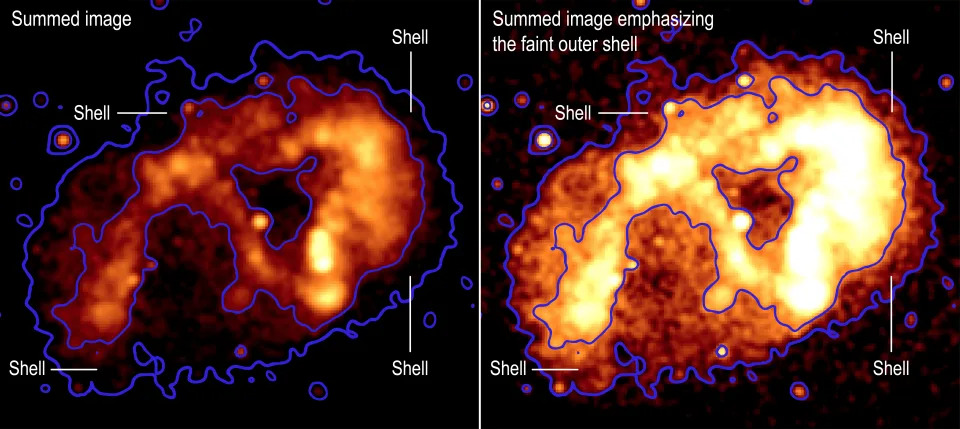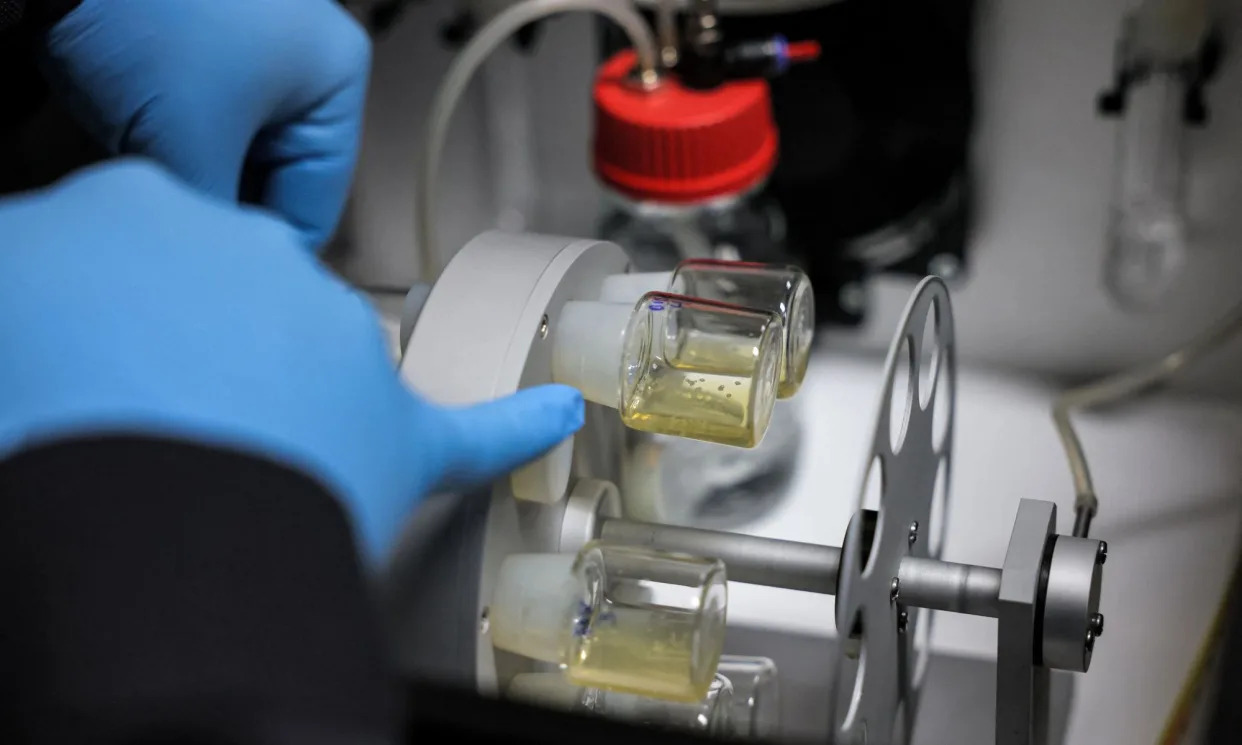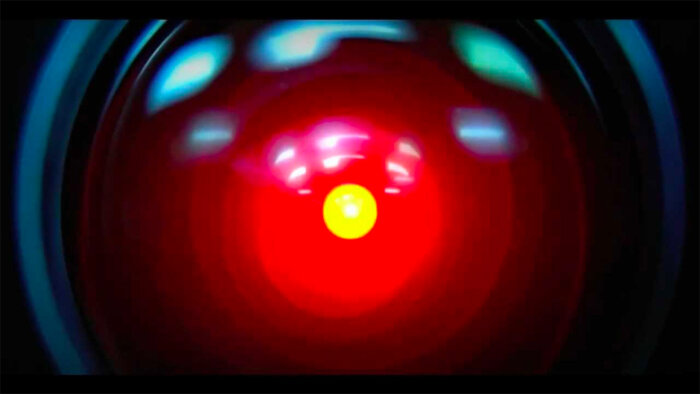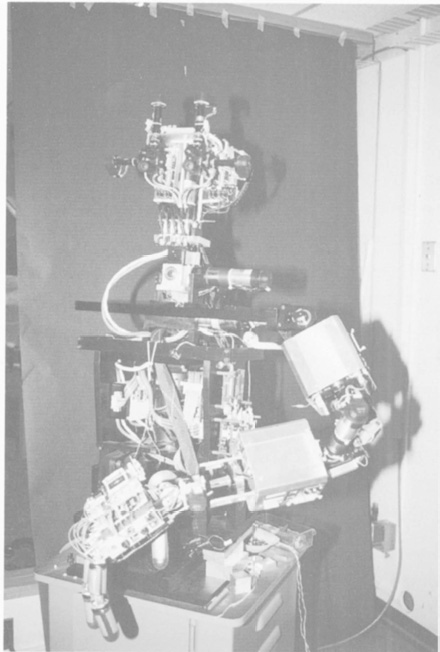When the issue of cloning and artificial life was presented for JP2, Ratzinger issued the churches statement on bio-ethics which has not changed since the Rennisance when the Church banned sorcery and the creation of artificial life known as the Homunculus And indeed Ratzinger in his paper, refers to cloning as creating a homonucleus. 21st Century science meets the middle ages.
Does the law permit the ìenhancementî or other manipulation of one's genetic outfit? In thiscontext, the following issues were discussed at the seminar: reproduction techniques in general (the "homunculus issue," see Goethe's Faust 11), special issues of "reprogenetics," cloning (inherently wrong, or open to an evaluation between healing effects and human dignity by way of a rule-and- exception relationship?), disease prevention (MV, cancers), unfairly advantaging certain children in view of a "level playing field" of genetic outfits, right of parents to genetically manipulate their offspring, and liability of parents who do not manipulate.The New Genetics and the Law
The crowning example of alchemical hybris came with the claim of pseudo-Paracelsus in the sixteenth century that he could make a homunculus - an artificial man. Like the gold of the alchemists, which was said to exceed the 24 carats of the best natural gold, the homunculus was supposed to be better than a natural man. Being made in a flask from human semen,
he was free of the catamenial substance that, according to the current theories of generation, supplied the material basis to an ordinary fetus. According to pseudo-Paracelsus, the homunculus was a semi-spiritual being that had an immediate apprehension of all the arts and a preternatural intelligence. In modern terms, the homunculus could be called the perfect test-tube baby, engineered to have the highest possible intelligence quota and aptitude. I have written an article focusing on this topic ("The Homunculus and his Forebears," 1999; see Vita), and have a book focusing on alchemy and the art-nature debate under contract (Promethean Ambitions: Alchemy and the Refashioning of Nature, forthcoming with University of Chicago Press). Newton's Alchemy, recreatedWhat can we make of his account of the creation of a homunculus, a
miniature human being, in his laboratory? Cloning and genetic engineering are clearly impossible with 16th-century technology. Paracelsus
The invention of hand lenses and the microscope facilitated studies of the chick embryo by Marcello Malpighi (1628-1694), but also gave rise to one of the most profound errors in describing human development, that of the homunculus. This was a miniature human believed to have been seen within the head of a human spermatozoon and which presumed to enlarge when deposited in the female. This was the basis of the preformation theory and was believed by many well into the 18th century.lifeissues.net | When Does Human Life Begin? The Final Answer
Drawing of Human Spermatozoa
1694
The drawing was conceived by Niklaas Hartsoeker not by what
he had seen, but what he presumed would be visible if sperm
could be adequately viewed.
Consider the profound difficulty embryonic development presents to an observer. A complex organism, such as a chick, frog, insect or human, arises in an orderly and magical way from an apparently structureless egg. When embryology was in its infancy in the 17th and 18th centuries, the thought was that no animal could arise from such nothingness. Thus was born the theory of the homunculus: the idea that an infinite set of tiny individuals were contained, one within another, in each egg—or in each sperm (there was vigorous disagreement as to which). Development was seen as the visible unfolding of a preexisting individual. Unhappily for this wonderful notion, in the late 18th century Caspar Friedrich Wolff showed by microscopy that embryos contained cells but no homunculus—there was no preformed entity.
American Scientist Online - In the Twinkle of a Fly
U.S. Senator Sam Brownback (R-Kansas) recently told his fellow Republicans he would advance a two-year moratorium rather than a permanent ban. Ironically, Brownback relayed his intentions while President Bush reaffirmed his opposition to human embryo cloning in a speech delivered by satellite to the Southern Baptist Convention in St. Louis. Bush told them, "We believe that a life is a creation, not a commodity, and that our children are gifts to be loved and protected, not products to be designed and manufactured by human cloning." How did we get so quickly from a few cells in a dish to children? It reminds me of artists' representations during the Middle Ages of the homunculus: an invisibly tiny, fully formed human carried around by the male and then deposited in the female during intercourse. The tiny homunculus would eventually grow into a fetus before it was born. Those were the days before the discoveries of the microscope, sperm and egg. So then maybe Bush and Bevilacqua imagine that people still reproduce with homunculi. Otherwise, describing what we know with absolute certainty are nothing more than single or several cells in a microscopic cluster, resembling the cells inside your cheek, as "children" simply doesn't make any sense! If these men didn't wield so much power, we'd laugh at their ignorance. Stem Cells and Cloning: What Bush Doesn't Know Might Kill You ...
Faust and Homunculus
19th century engraving of Goethe's Faust and Homunculus
Also See
Pluto Gone Dog Gone It
For a Ruthless Criticism of Everything Existing
MagickCreationism
Catholic
Find blog posts, photos, events and more off-site about:
stemcell, cloning, homonuclus, Catholic, bioethics, Bush, Paracelsus, Alchemy, science, ,







